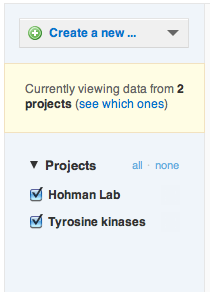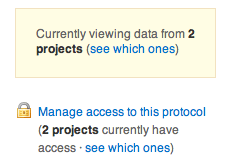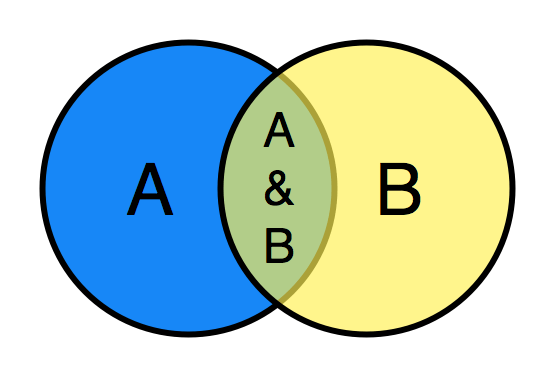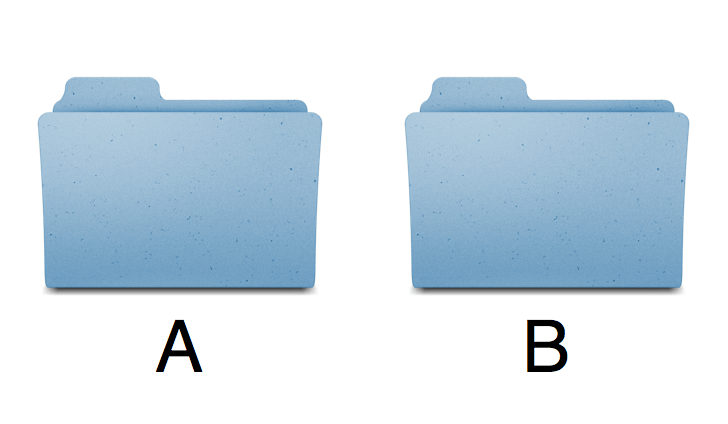… and we're back! We've spent the last three months building
projects, the next generation of CDD Collaborate.
Introduction
We built projects to help you do the following kinds of things:- Collaborate on live data: Colleagues at another institution will be running followup studies on your hit list, and you'd like them to upload the data they generate directly into your CDD Vault.
- Share data selectively: You only want your collaborators to see a specific hit list, not any other data in your vault.
- Organize your data: Focus only on the data you're currently working on, while still being able to search across all of your historical data when you need to.
- Keep data private until it's ready to share with your colleagues: Create a private project to store new compounds you're synthesizing, then share them with other projects when they are ready for testing.
Exploring Data
You will now see a project sidebar when exploring and searching data in CDD. Simply toggle the selected projects to filter what data is visible.
Managing projects
Anyone who can add data to a vault can create a project. To do this, click on the Manage Projects tab at the top and click “Create a new project”. After filling out the form with the name of the project, you'll be returned to the list of projects to add other Vault members to your project. Note that if you've made a mistake, you can still delete the project at this stage. Once you've added any data, however, deleting a project is disabled.Adding data to projects
Each time you create a new resource (protocol molecule, run, etc.) you are now asked to select an initial project to contain it.

Importing Data
Manually sharing a protocol with some projects is reasonable, but how can you share a 50,000 compound library? Importing data is the best way to add large numbers of plates, molecules or batches to a project. For example, let's say you just screened your existing library against a new target and want to add the compounds and assay results to a new, empty project. Simply choose that project when uploading the assay results, and the software will share all the molecules with the new project, so long as you have access to those molecules in another one of your projects. If the person uploading the assay results is not a member of a project that contains the compounds, someone else would have to import the list of compound names or plate/well locations into that project to ensure that the molecules are available to the person performing the upload. For plates it is even easier: you only need to upload a file that mentions each plate once, and all molecules and batches on that plate will be added to the project.Projects and beyond
This is the first major release of projects functionality, and we're excited to see how you make use of it. We are planning to touch base with customers over the next several weeks to help you get started with this new collaborative tool, and to hear what's working and what could be better. As always, if you have feedback outside of that process, please feel free to contact support.Other posts you might be interested in
View All Posts
CDD Blog
2 min
April 22, 2024
Recorded Presentations: CDD 20th Anniversary User Group Meeting
Read More
CDD Blog
9 min
April 19, 2024
Drug Discovery Industry Roundup with Barry Bunin — April 19, 2024
Read More
CDD Blog
2 min
April 19, 2024
CDD Appoints Yasushi Hamagashira as Head of Sales and Marketing for Japan
Read More




